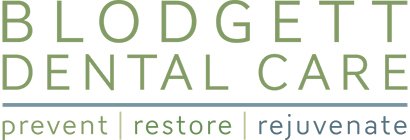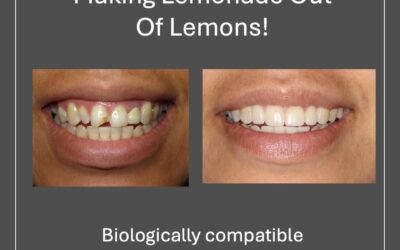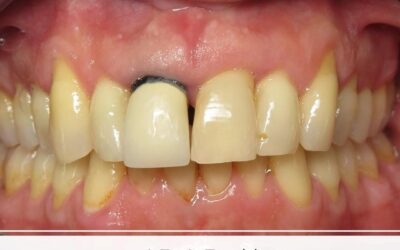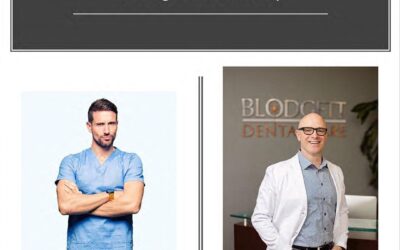Dental Science: Laser Treatments for Your Teeth & Gums
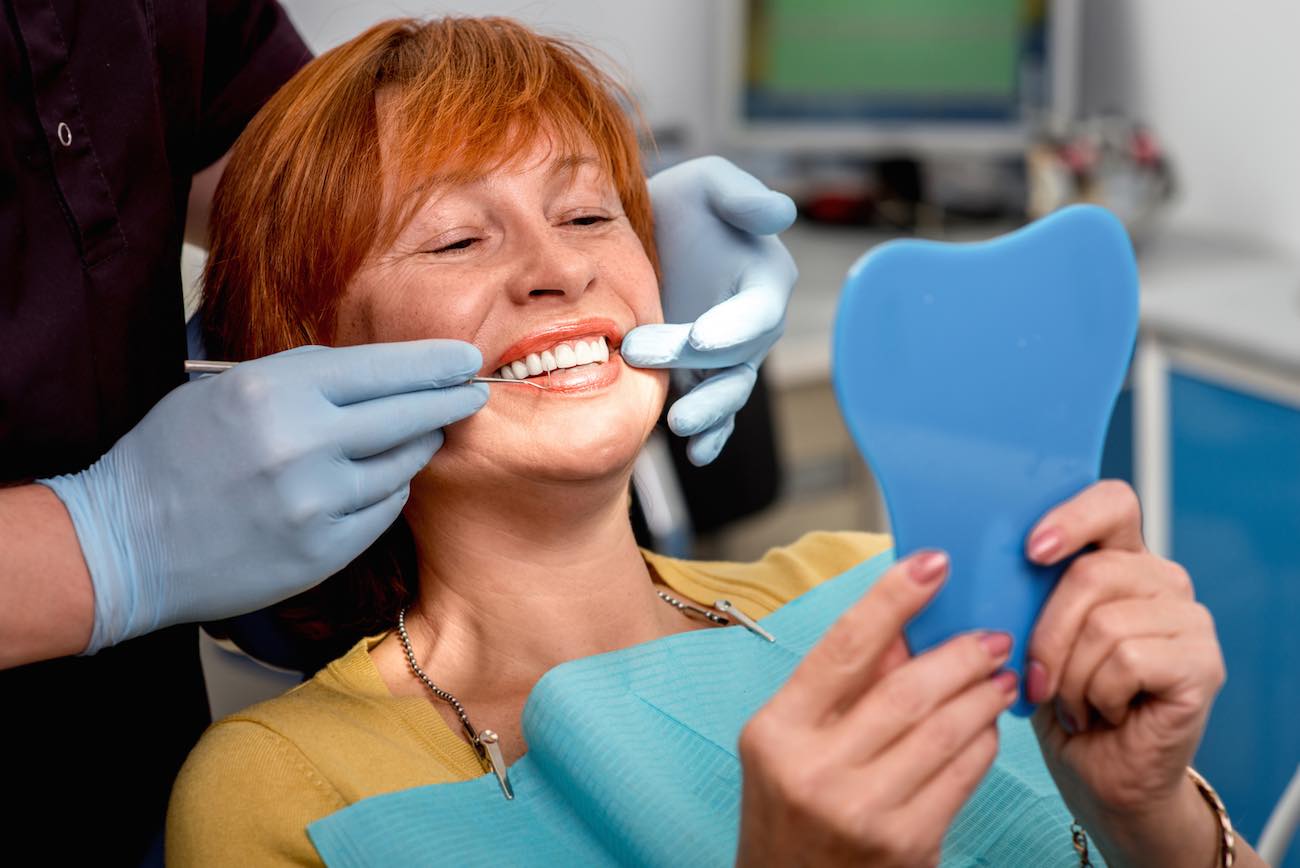
55 years ago, Dr. Theodore Maiman created something that would change our world forever: The LASER! The first laser, created in 1960 in a research laboratory did not yet have a significant purpose. My how times have changed!!
Who could imagine that a bit more than half a century later, everyone in the United States would use a laser almost everyday? And in 1960, who would imagine lasers would find a home in a dentist’s office of all places?
I will admit that this particular technology is near and dear to my heart. In 2002 I purchased my first two dental lasers and this changed the vision of my practice permanently. It literally opened my eyes to a world of progressive options for my patients that I was not exposed to either in dental school or during my residency.
In 2006, one year before the death of Dr. Maiman, I had the pleasure of dining with Dr. Maiman and his wife, Kathleen along with Dr. Robert Gregg (Inventor of the LANAP protocol). I was able to hear first hand the story of how the world’s first laser came into being. I will forever be grateful for the opportunity to have met Dr. Maiman and have had the opportunity to personally thank him for the gift that he gave humanity.

Today I’ll help you understand the types of lasers I use in my dental practice, how lasers help my patients, and why I think lasers are among the greatest technologies in dentistry.
Fast Facts About Lasers

Just like any scientific advancement, there was always a hint of uncertainty and fear. Would we create giant ray guns with them? Would they destroy the earth? Seems silly today, but when lasers were invented, nobody knew what to expect.
- Laser is an acronym. It stands for “light amplification by stimulated emission of radiation.” Doesn’t sound quite as cool as “laser” does it?
- Lasers are everywhere. Without lasers, we wouldn’t be able to scan barcodes in the grocery store checkout, measure the speed of a fastball, enjoy a Pink Floyd album, or even use the Internet!
- Lasers can move faster than light. My favorite fast fact about lasers is that they can move faster than light itself!
- Lasers are used in a variety of medical fields. They can treat broken bones, shrink tumors, improve vision, and much more.
Lasers & Dentistry
The American Food & Drug Administration approved the use of lasers for dental procedures in the early 1990’s. Before then, lasers had been used for a variety of surgical procedures but were still gaining traction as legitimate medical devices.
In hindsight, the advantages of using lasers for dental treatments seems obvious. Traditional surgeries use metal scalpels, which while incredibly sharp, have many drawbacks, such as significant levels of bleeding, swelling, and pain. Because lasers selectively target a given tissue of interest they are much more specific and precise. Using a laser reduces bleeding, infection, swelling, scarring, and pain. They can also significantly reduce the need for post-treatment pain medication.
Thinking about it now, using lasers in dental procedures is a “no-brainer”. Patients heal faster, are more comfortable, and avoid many of the side effects and drawbacks of traditional surgical procedures.
Laser Dental Treatments
Lasers in our dental practice are used for numerous purposes. From cavity detection to removing gum disease to removing decay in a tooth to minimizing an inflammatory response using Low-Levell Laser Therapy. We have more than 6 different lasers that we use for various diagnostic and treatment purposes! Perhaps the most frequently, used, however is our Periolase MVP-7. The Periolase was designed specifically for the treatment of periodontal (gum) disease using the LANAP protocol.
The Dangers of Gum Disease
Gum disease affects millions of Americans. Your gums are surprisingly delicate and for a variety of reasons (including genetics) are prone to infection and inflammation. This is known as periodontitis, or more generally as gum disease.
Gum disease causes your gum tissue to separate from your teeth and jawbones, forming pockets where plaque and bacteria can build up. If left untreated, very serious, even life-threatening, infections and damage to your teeth and bone can occur. Recent research also suggests a link between untreated gum disease and heart disease.
This leads us to a very important question: Considering how dangerous gum disease can be, why does it often go untreated?
This question has a complicated answer, but in my experience, the traditional treatments for gum disease are believed to be painful, requiring many sessions where the gums are scraped and cut with a surgical scalpel. Stitches are often needed and healing time is measured in days or even weeks.
Patients are afraid, don’t want to be in pain, don’t want their lives interrupted, and find the treatments to be worse than their current symptoms.
Unfortunately, this leads to major complications down the road as gum disease leads to the spread of infection. Eventually, teeth may need to be removed or bone grafts used to repair large areas of infected bone. In the long run, delaying treatment for gum disease is a terrible decision which should be avoided if at all possible.
LANAP & LAPIP Laser Gum Disease Treatments
Luckily laser gum disease treatments are just as effective without the pain, bleeding, swelling, and other complications of conventional, scalpel-based gum disease treatments.
LANAP stands for Laser Assisted New Attachment Procedure. In the LANAP procedure, a laser takes the place of a scalpel. Using incredible precision, the laser (at my office we use a PerioLase® MVP-7™ laser) removes only dead and infected tissue. The result is significantly less bleeding and very little pain. Most of my patients require no pain medication at all.
LAPIP, or Laser Assisted Peri-Implantitis Procedure is similar to LANAP but is used to treat periodontal disease near dental implants, also known as peri-implantitis. Millions of Americans have dental implants and many dental implants fail due to gum disease. The LAPIP procedure doesn’t require removal or replacement of the implant, and the laser used can actually stimulate the growth of healthy bone and gum tissue!
Lasers for Cavity Detection & Filling
While dental lasers are frequently used on the soft tissue (gums), there are other applications of lasers, too.
Dentists can use lasers to detect cavities before they can be seen using more traditional methods. And more powerful lasers may be used in place of a dental drill, often without anesthetic. A side benefit is the laser can kill bacteria near the cavity, making complications less likely.
These technologies are relatively new, so ask your dentist for his or her opinion.
Lasers as a Tooth Whitening Aid
 As we get older, our teeth naturally get a little darker. It’s completely normal and not necessarily unhealthy. Stains from dark foods like coffee or red wine can make the darkening more obvious. It’s natural, but it can make you feel self conscious about your smile.
As we get older, our teeth naturally get a little darker. It’s completely normal and not necessarily unhealthy. Stains from dark foods like coffee or red wine can make the darkening more obvious. It’s natural, but it can make you feel self conscious about your smile.
Many cosmetic procedures, including hair removal treatments, make use of lasers. So it’s only natural lasers have made their way to cosmetic dentistry, as well.
Some tooth whitening treatments use lasers to activate or speed up a chemical whitening process, but there are mixed opinions on how effective these lasers truly are. If you’re interested in tooth whitening, ask your dentist to find out what methods he or she recommends.
Questions About Dental Lasers?
Do you have questions about whether a dental laser treatment could help you? Contact me to make an appointment and I’ll help you understand your options as well as explain more about how I use lasers in my dental practice.
Photo Credit: Douglas Muth
Read Also
Wellness Wednesday: Making Lemonade Out Of Lemons!
Making Lemonade Out Of Lemons Today’s health recovery story is one of my favorites! From the moment I met this woman I thoroughly enjoyed her spirit. She was determined to regain her total health and wellness and to pursue the smile of her dreams! Like many people she...
Toxic Tuesday: Gangrene Tooth Causing Sinus and Lung Problems
Toxic Tuesday: Gangrene Tooth Causing Sinus and Lung Problems Toxic Tuesday: Gangrene tooth causing sinus and lung problems. Today’s story is about a middle-aged man who injured his front tooth as a child. After the traumatic tooth accident, the nerve died and root...
The Differences Between Biological and Holistic Dentistry
The Differences Between Traditional and Biological Dentistry Wellness Wednesday: The differences between traditional and biological dentistry. One of the questions I am frequently asked is: “How would you describe the difference between traditional and...
